Greetings, fellow golf aficionados! You've landed at the perfect spot on the green. Today, we're addressing the burning question, "What compression golf ball should I use?"
In the beautiful game of golf, every stroke counts, and the right ball can be a real game-changer. That's why we're diving deep into the world of golf ball compression to help you find the perfect golf ball for your game. Our friendly and professional guidance will make sense of the science behind compression, helping you to choose the ideal ball for your handicap and swing speed. So, fasten your seatbelts and get ready for takeoff as we explore the fascinating science of compression golf balls, leaving no stone unturned in our quest to elevate your game!
The Big Squeeze: What Is Golf Ball Compression?
The golf world is filled with technical jargon and mystifying concepts, but let's not get too bogged down in that. Simply put, golf ball compression is a measure of how hard or soft the inside of the golf ball is, specifically the core.
The core is the powerhouse or the engine that propels the golf ball into motion, creating those awe-inspiring drives. Most modern golf balls feature cores from high-energy rubber compounds - generally solid rubber, yet some have liquid-filled centers.
When you swing your club and make contact with the ball, it compresses, then springs back into shape, providing lift and distance. The compression rating indicates how much force is required to achieve that squish and spring-back effect. Are you with us so far? Great, let's press on!
The Pressure Gauge: Decoding the Golf Ball Compression Chart
A golf ball compression chart is your handy guide to understanding the range of golf ball compressions so that you can match your swing speed to the golf ball with the correct compression. Every golfer should begin their golf ball selection journey here. Compression ratings range from 30 to 120, with lower numbers indicating softer balls (easier to compress) and higher numbers representing harder golf balls (needing more energy or fast swing speeds to compress). To give you a better idea, we've divided these ratings into three categories: low, mid, and high compression. Let's explore the numbers.
- High Compression Rating 90 and up - Designed for Driver Swing speeds over 105 MPH
- Mid-Compression Rating 66-89 - Intended for Swing speeds between 85-104 MPH
- Low Compression Rating 65-30 - Advised for a Driver Swing Speed below 85 MPH
Softies with a Purpose: Low-Compression Golf Balls
With ratings between 30 and 65, low-compression golf balls are the marshmallows of the bunch. They're perfect for beginners or golfers with slower swing speeds (below 85 mph). Typically a lower-compression golf ball has a larger core requiring less energy to maximize ball speed. This is why you see so many low-compression golf balls advertised as distance golf balls. If you don't have massive club head speed you need to find a way to generate distance. This means that you need to find a golf ball that responds to a slower swing speed. The softer the ball the easier it is to squeeze distance from a leisurely swing.
The Middle Path: Mid-Compression Golf Balls
Mid-compression golf balls, rated between 66 and 89, cater to players with moderate swing speeds (85-105 mph). They strike a fine balance between distance and control, making them a popular choice for a broad range of golfers. Think of them as the trusty sidekick of the golf ball world, always ready to lend a hand whether you're a scratch golfer or a low handicapper.
Mid-compression golf balls can range from the premium golf ball to the value golf ball. The beauty of these golf balls is the ability to deliver across all skill levels. A former Masters winner with a declining swing speed may find newfound distance with a mid-compression golf ball. Just as a mid-handicapper may find the control they need to shoot single-digit scores.
Hard Hitters: High-Compression Golf Balls
If you have a swing speed above 105 mph, you're ready to graduate to high-compression golf balls. The golf ball compression rating of a high compression ball is 90 and above. When you start looking at a higher-compression golf ball it's not just about faster swing speeds. It's about technology - a more complex golf ball with multiple layers.
A high-compression golf ball may feature a smaller core surrounded by multiple layers that combine both distance and spin. More often than not these are premium golf balls engineered for the better golfer. This is a golfer that wants the best of both worlds. They demand high spin and control with short irons. But they also want low spin-off the driver and longer clubs for maximum distance.
Unpeeling the Layers: Dissecting a Golf Ball
Peek beneath the dimpled exterior of a golf ball, and you'll find a multilayered marvel. The construction of a golf ball can range from two to five layers, each layer creating more feel, more spin, and more distance. Generally speaking, more layers provide better control and greater spin for better players, while fewer layers offer a softer feel and more forgiveness for those still perfecting their swing.
The more complicated the construction of a golf ball, the higher its price tag. This is why two-piece and three-piece balls are usually associated with value. On the other hand, premium three or four-piece balls have additional features meant to benefit better players - but these come at an increased cost too.
Spinning Through the Green: The Role of Golf Ball Spin
Spin plays a crucial role in the performance of a golf ball. The better you are the better you understand it and the better you are at knowing how to use it. But the average golfer doesn't always understand the difference between low spin and high spin or how to strike the ball correctly to create spin. Let's set the record straight once and for all.
Low Spin - When you're hitting the driver or the longer golf clubs in your bag you want low spin. This maximizes distance. And low spin means less side spin. Less side spin provides a straighter ball flight reducing those nasty hooks and slices.
High Spin - When it comes to the short game or hitting high irons, spin is your friend. The more the better. Backspin allows the golf ball to stop immediately when it hits the green or even spin back.
The Quest for Your Golf Ball Soulmate: Finding the Perfect Ball for Your Game
To discover the perfect golf ball for your game, you need to know your swing speed, understand your handicap and identify what you desire most in a golf ball. Is it all about a soft feel and greenside control? Or maybe it's about a higher ball flight? Do you prefer a hard golf ball or a softer golf ball? Or perhaps you're a sucker for distance? Whatever it is be honest and true to your game.
Selecting the right golf ball is essential to your game and can make all the difference between a good round of golf or one that leaves you feeling frustrated. Every golfer has their own strengths and weaknesses, so it's critical to pick a ball that plays up your strong points while compensating for any weak areas in your swing. Don't be afraid to try out different golf balls until you find one that complements and helps your game. Doing this will not only help your game but also ensure you have an enjoyable time out on the course!
The beauty of the modern golf ball is that they are designed with features and benefits to match every type of golfer and every type of swing. So let's get started finding your soulmate.
Your Golf Game
Beginner/High Handicapper - If you're a novice or high handicapper, the best golf balls for your swing are those with compression ratings tailored to your swing speed. Be sure to consider value, distance, and forgiveness too when narrowing down your options. Two-piece balls will probably be the best option for you. And remember you're likely to lose a few golf balls out there so don't go wild buying high-priced premium golf balls.
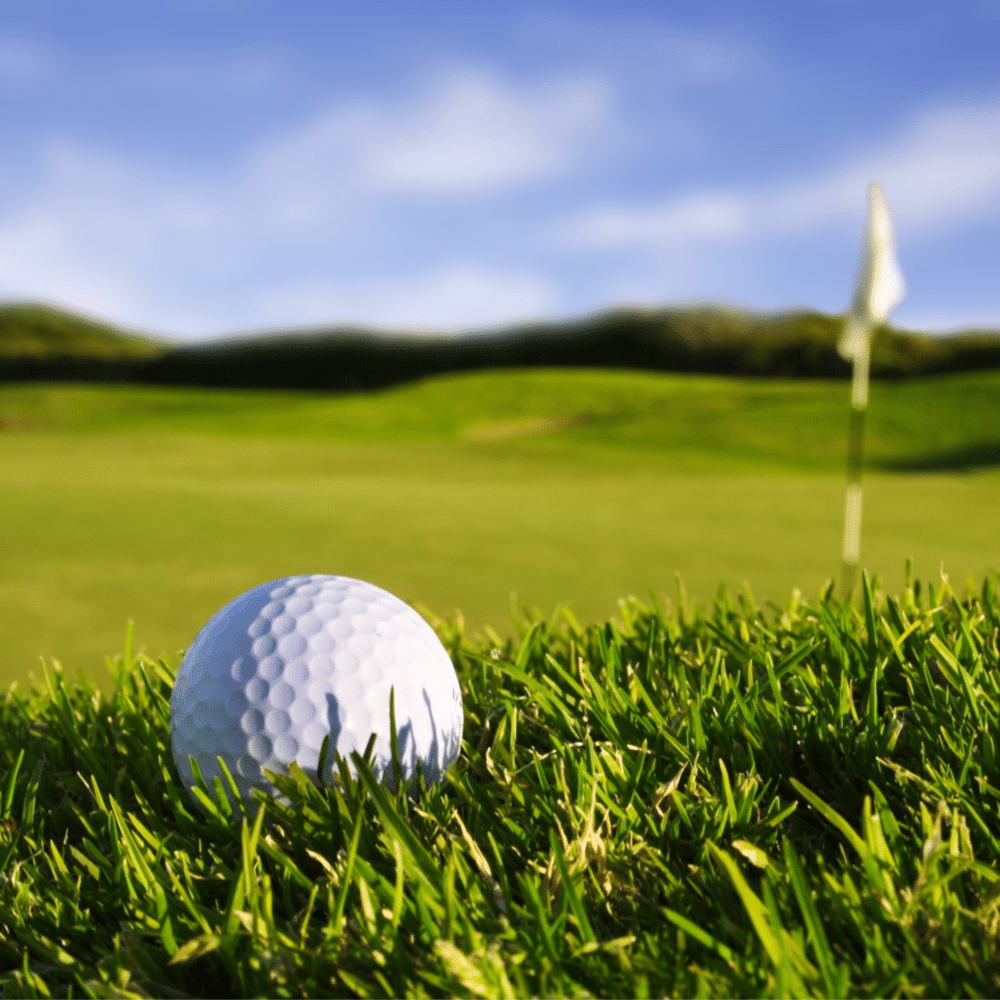
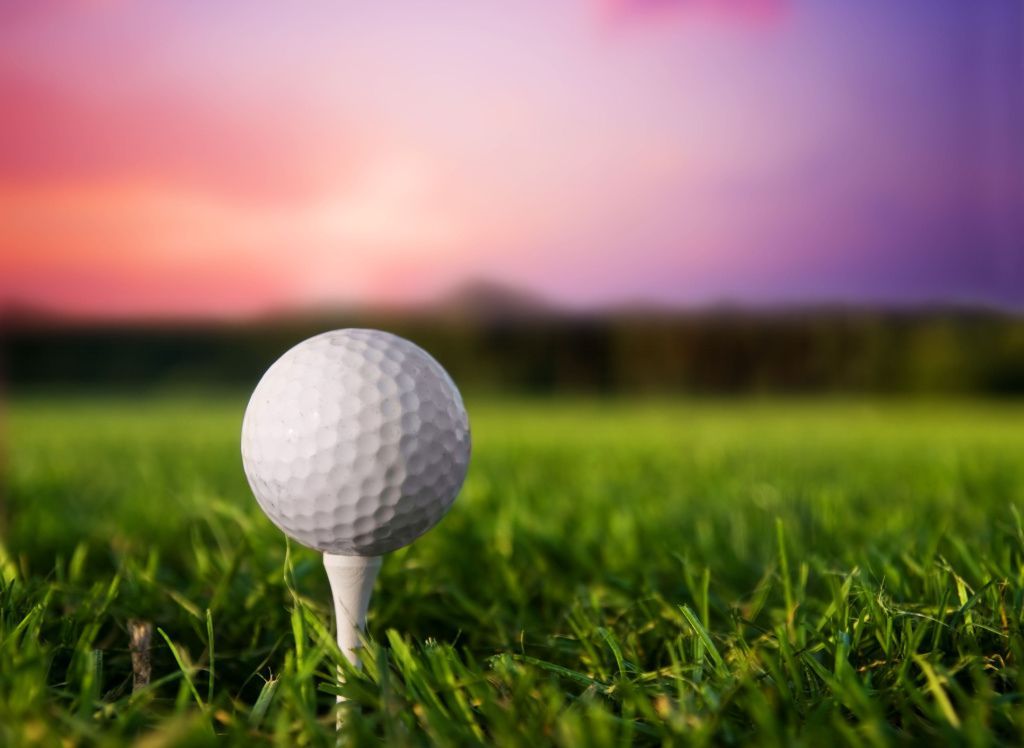
Seniors - Senior golfers have plenty of options depending on their level of skill. Generally speaking, their golf swing has probably lost a few MPH over the years. Lower-compression soft golf balls are probably the best bet.
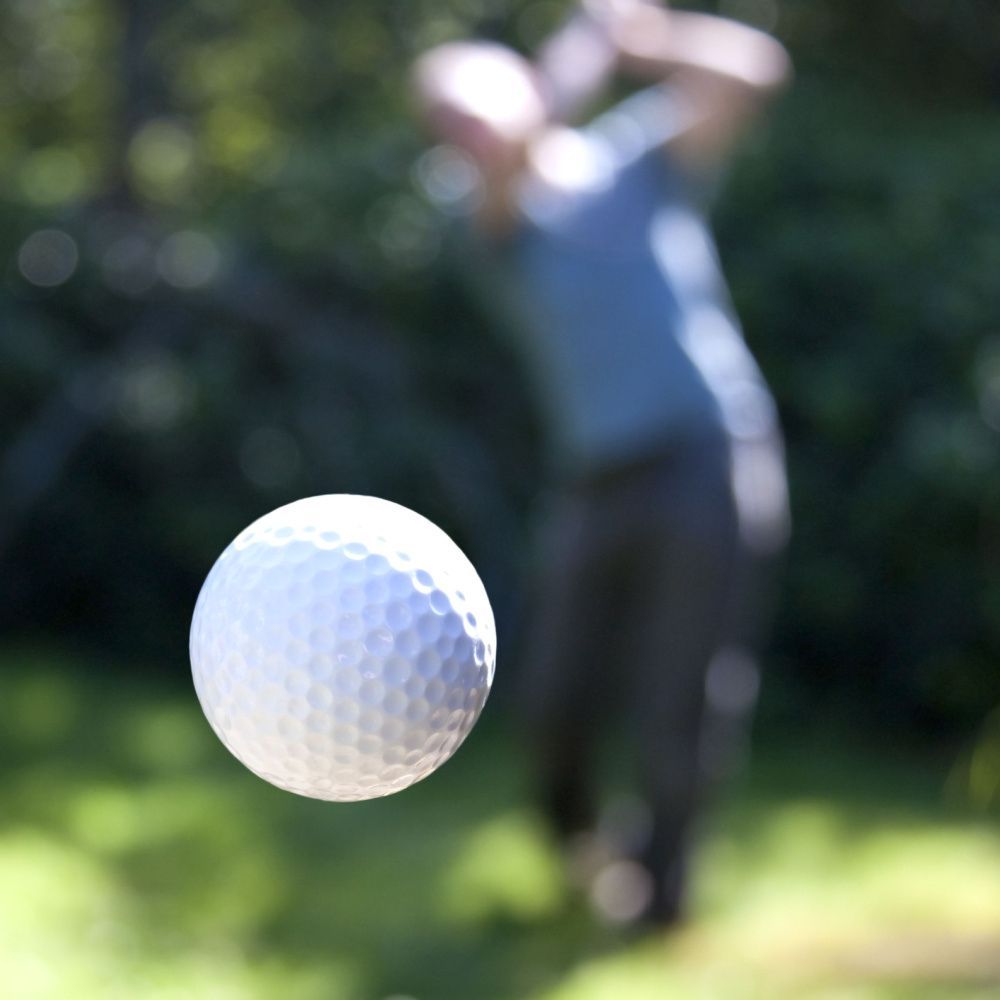
Mid Handicapper - As a mid-handicapper, you have the option of playing all types of golf balls. If you want to narrow down the options quickly start with the correct golf ball compression first. And make sure to select a golf ball suitable to your game.
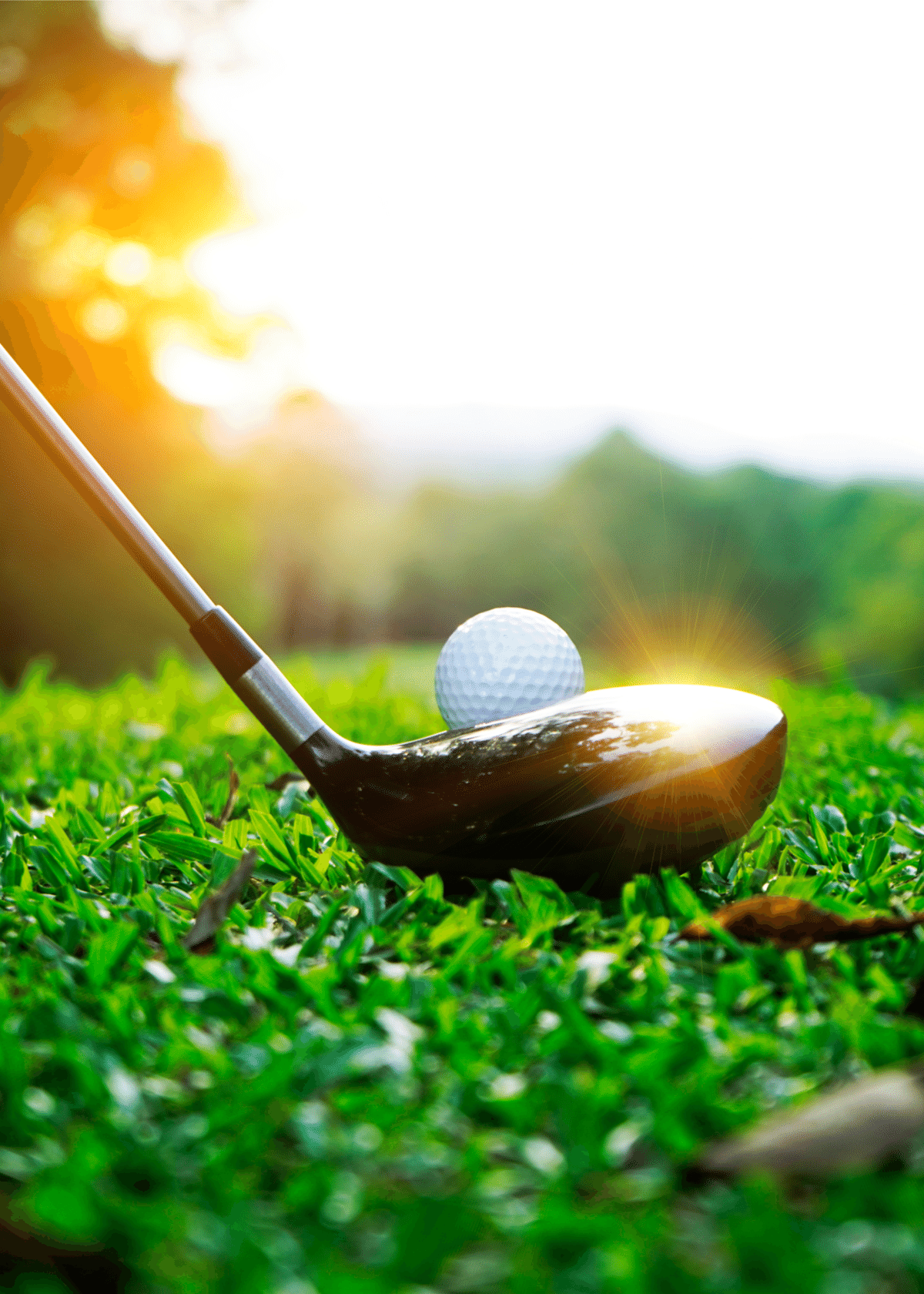
Lower handicap players - This can be a fickle bunch. They are constantly tinkering with their game and their equipment. They are in a never-ending search for the perfect golf ball - distance, feel, and high short-game spin. Our best advice - try out different balls on the course to see which one responds best to your game.
Golfers With Slow Swing Speeds - Your best bet is lower compression balls designed for distance.
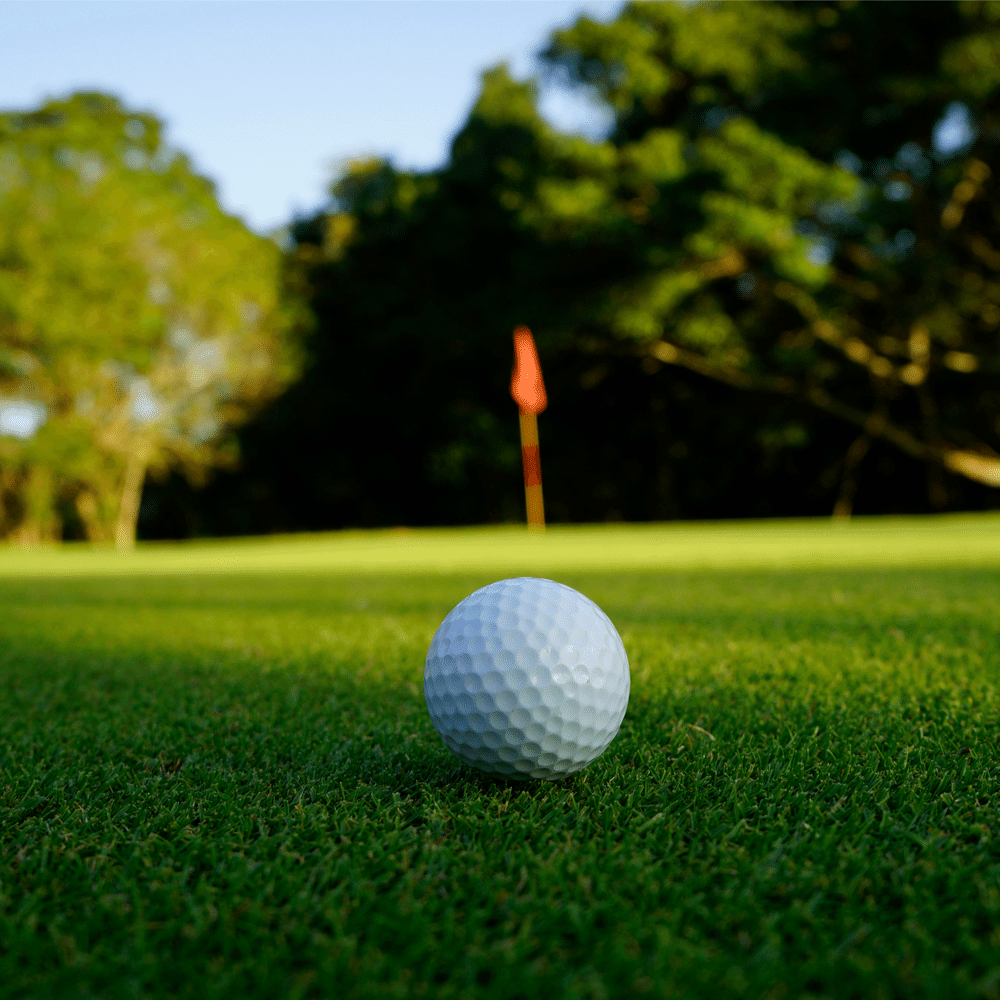
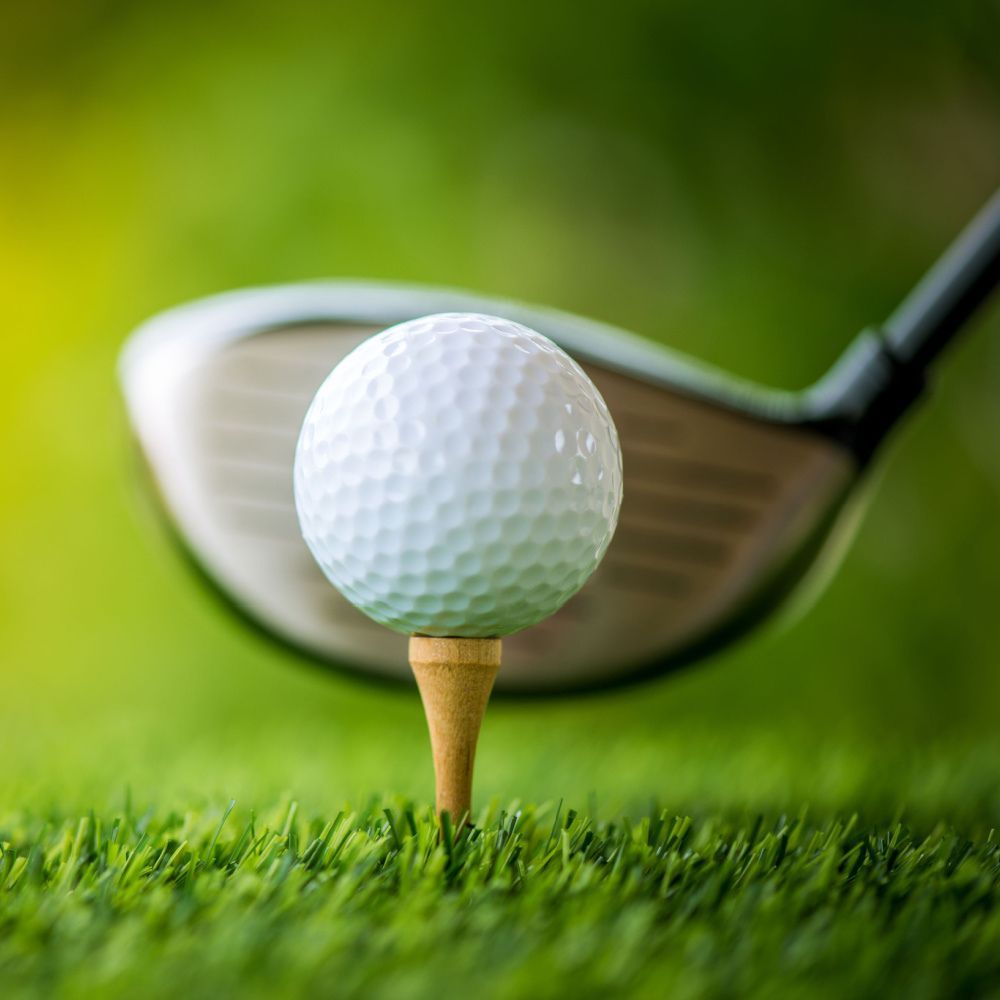
Lady Golfers - When it comes to golf balls, women are certainly not limited. There is a wide array of golf balls designed just for Ladies. But the perfect ball for your game may be one outside this category! So explore all options and choose what best compliments your game.

Lose The Nasty Slice - Are you trying to eliminate that troublesome slice? Check out these ultra forgiving low spin low compression golf balls.
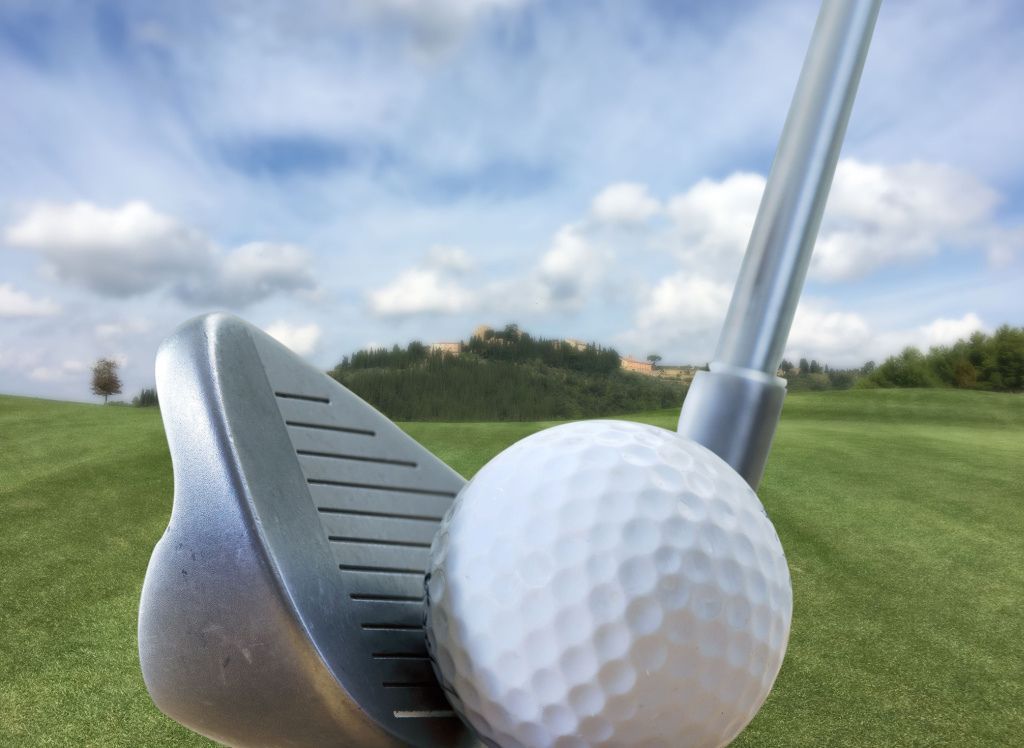
Looking For Distance - Distance balls come in a variety of styles. However, many golf ball manufacturers cater to the average golfer with a slow to moderate swing speed. After all, if you have a high swing speed distance is probably not your biggest concern. You'll find lower to mid-compression 2 or 3-piece balls the sweet spot for this group.

Last Hole, Last Thoughts
As we wrap up our insightful journey through golf ball compression, we hope you're now well-equipped to answer the pressing question, "What compression golf ball should I use?" Remember, there's no one-size-fits-all answer when it comes to picking the correct ball. The key is to find the perfect balance between your swing speed, skill level, and the ball's compression.
So, there you have it, dear golfers - the secrets behind selecting the ideal compression golf ball! By selecting the right compression for your handicap and swing speed, you'll unlock greater distance, control, and enjoyment on the course. Now, armed with this newfound knowledge, go forth and conquer the links!
Thanks for visiting. We can't wait to see you again!
"Keep it in the short grass"
Joseph


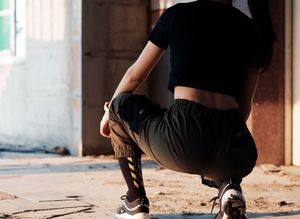



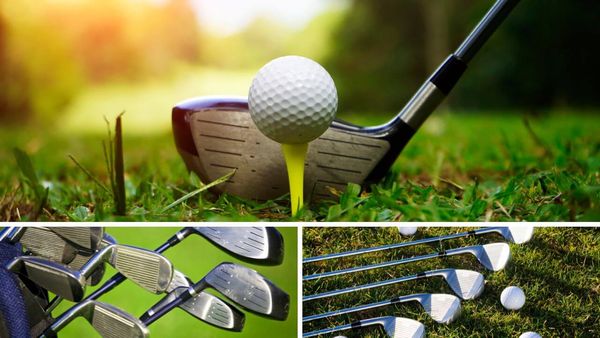
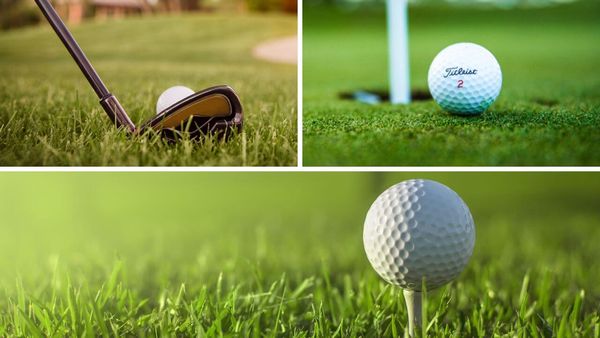
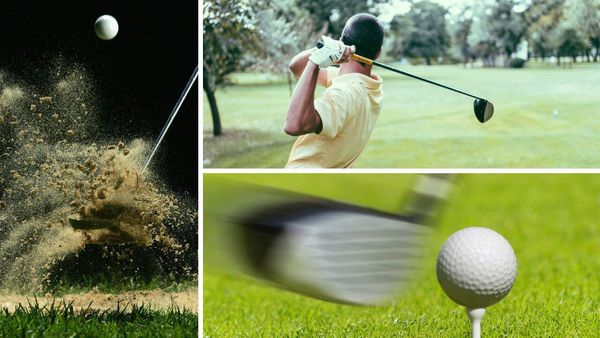
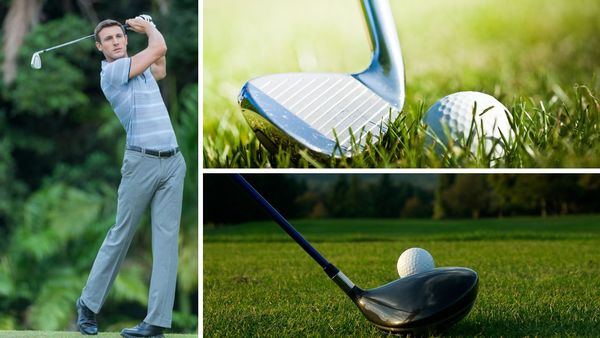
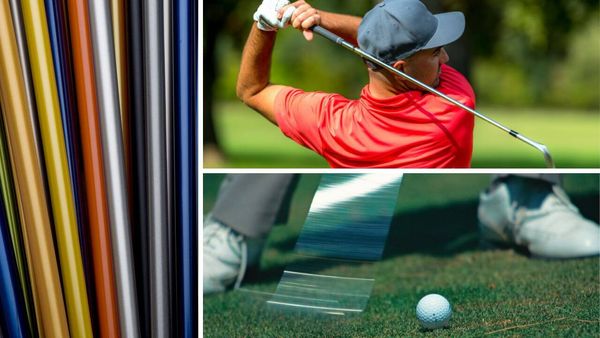
Member discussion